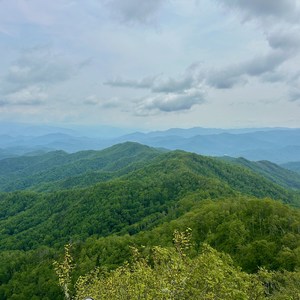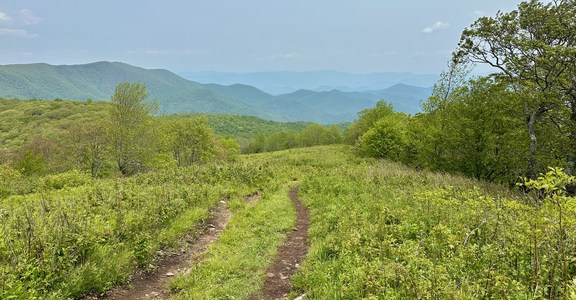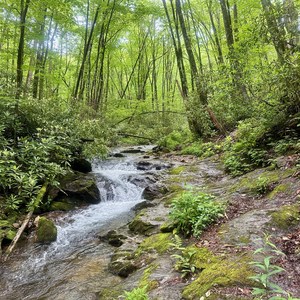You are here
The least technical route to the summit of Mount Shasta begins at the Clear Creek Trailhead. You will need to register for your climbing permits at the ranger station in Mount Shasta prior to arriving at the trailhead.
As you set off on your climb, you'll meander for a short time through a tall red fir forest. Views of your objective through clearings in the forest start early, and they become more expansive and unimpeded as the timberline breaks at approximately 7,800 feet. The sound of the massive Mud Creek Falls echoes through the walls of Mud Creek Canyon as a dull roar. The trail follows a wide, straight clearing along the Wintun Ridge to the north. Depending on the season of your adventure, you may start to encounter snowfields obscuring the trail. This route is basically a strait line up the mountain that follows natural formations. At 8,500 feet, the source of Clear Creek can be found in Clear Creek Meadow. This is an excellent camping area with fresh water nearby for those intending to make this a two-day adventure. Several tent clearings can be found within the small alpine brush above and below the spring along the south ridge. Enjoy dinner and a view from 9,000 feet that stretches to the Klamath Mountains to the east and Mount Lassen to the southeast.
If you choose to camp, an alpine start to your summit day the following morning is recommended to allow for enough daylight and to reduce the risk of avalanche depending on the forecast and season. If snow still exists, don crampons and utilize an ice ax out of camp to ascend one of two steep snowfields to the top of a ridge above Clear Creek Meadow. From here, a long and potentially grueling climb up either snow or scree keeps you from the summit. The route is strait and true, and the objective is always up. Take a moment to enjoy the view of Shastarama and its Mud Creek Glacier to the South.
A purposeful landmark to aim for is a small rock formation known as Mushroom Rock, located at 12,800 feet. It's only another 1,300 vertical feet to the summit from here, but it's a steep incline to the summit crater. Either ascend through a boulder field directly up or traverse up the Wintun Glacier to the northwest. The summit crater is a welcome, large plateau at 13,800 feet that can be a busy place, as it is where many climbing routes intersect. Circumnavigate the plateau to the southwest for a short distance to approach the summit from the south. Active sulfur vents can be seen just southwest of the summit, a reminder that you're on a (somewhat) dormant volcano! At this altitude, some may encounter symptoms brought on by less oxygen in the air such as lightheadedness, headache, shortness of breath. Be prepared with applicable interventions, and if symptoms do not resolve or they worsen, the best treatment is to descend as quickly as possible.
Make the final push up the steep ridge to the small summit area. This can also be a busy place. Take in the expansive, high-altitude, 360-degree views of Oregon and Northern California from 14,180 feet. Be aware of others and allow them a chance for a summit photo. From here, simply trace your route back to camp. You may find it more enjoyable (and quicker) to glissade, ski, or snowboard down several of the steep snowfields. Remember to only glissade where a clear runout can be seen and without crampons on. Pack up camp if you intend to return to your vehicle, or stay another night to rest and enjoy this view for one more evening. Follow your route back down through the forest to your vehicle.
Note: Be sure to pack out all human waste; disposal bags are available at the trailhead.
Logistics + Planning
Current Weather: Powered by Dark Sky






















Comments
Sign In and share them.